
On 17 Oct 2023, I went on a day trip with a long term work partner and friend. We took the bullet train from Beiing Bei Station to Xiahuayuan Bei Station (about 1 hour), from there it is about 15 minutes by taxi to Jimingyi City. In the afternoon we took the bullet train back to Beijing.
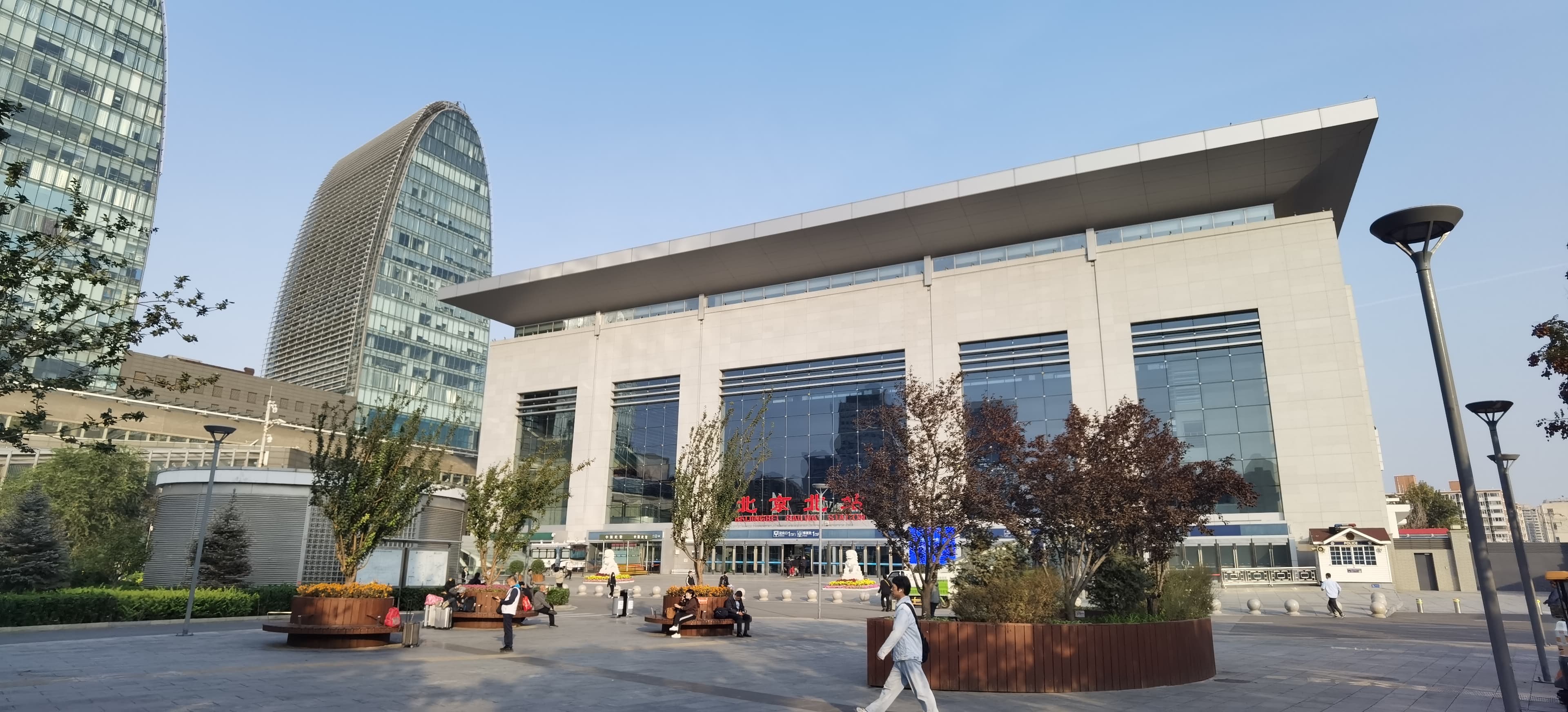
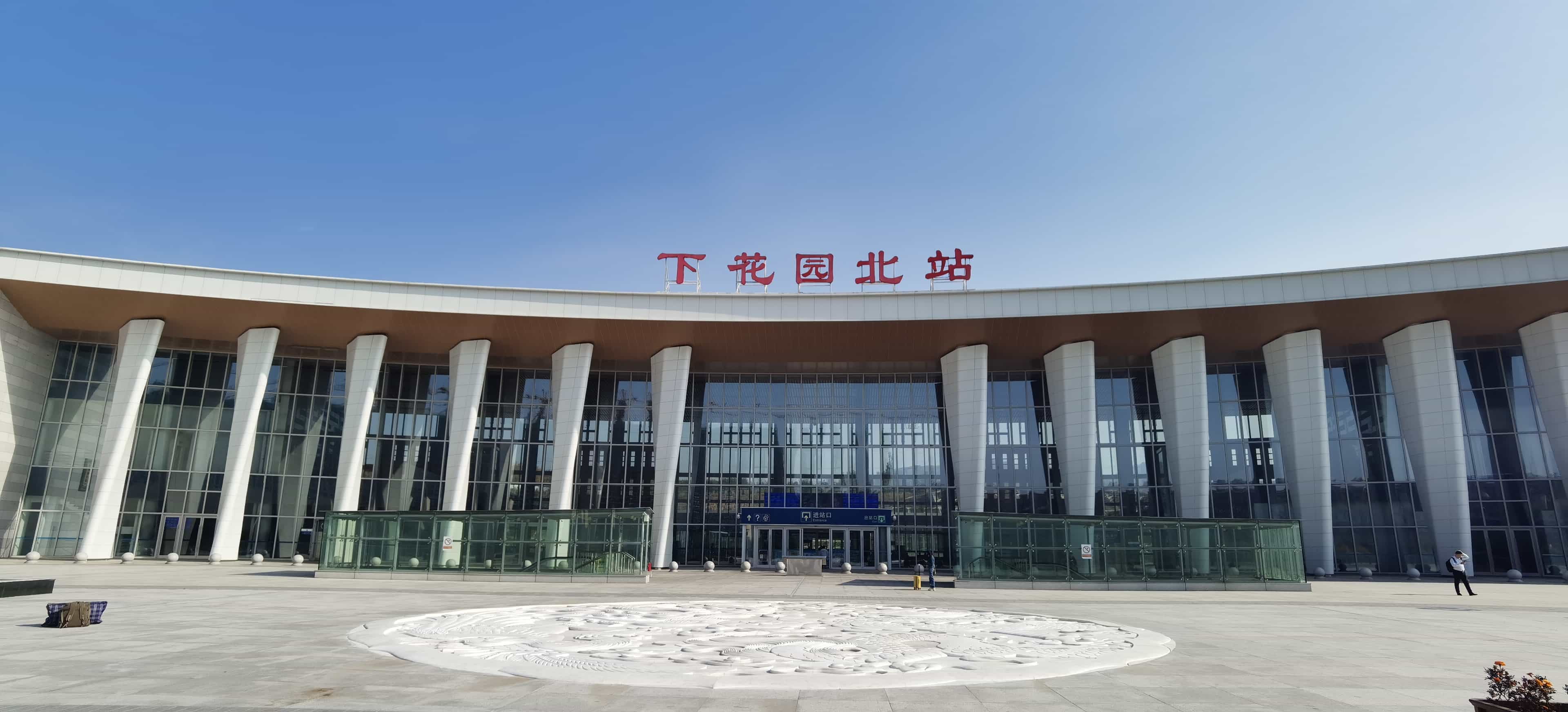
The ancient city of Jimingyi is located atthe foot of Jiming Mountain in Huailai County, Zhangjiakou, Hebei Province. Itwas first built during the Yuan Dynasty and served as a crucial post stationalong the road to the Western Regions when Genghis Khan led his troops westwardin 1219. Initially known as "Zhan Chi," it gradually expanded andbecame the largest post station and military fortress in the vicinity of thecapital during the Yongle period of the Ming Dynasty. With a history spanningseven hundred years, Jimingyi played a significant role as a strategiclocation.
Jimingyi is situated at the foot of JimingMountain, which gave it its name, and was established as a city due to its roleas a post station. The history of Jimingyi bears witness to the ebb and flow ofhistory, where travelers heading west and those returning east intersected. Itwas a place where people could rest and stay overnight, and where letters andmilitary forces passed through the city. Despite being the largest poststation, it was also the smallest city.
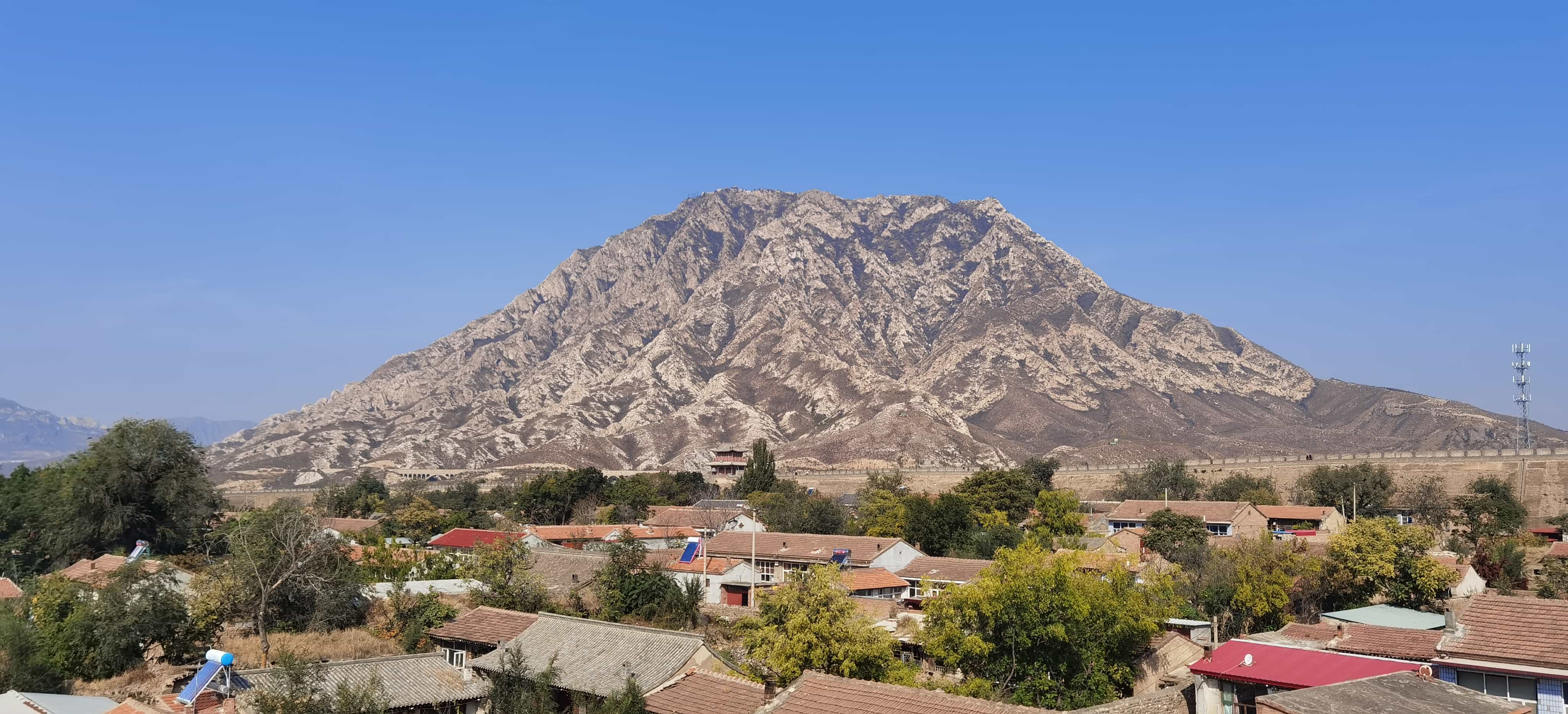
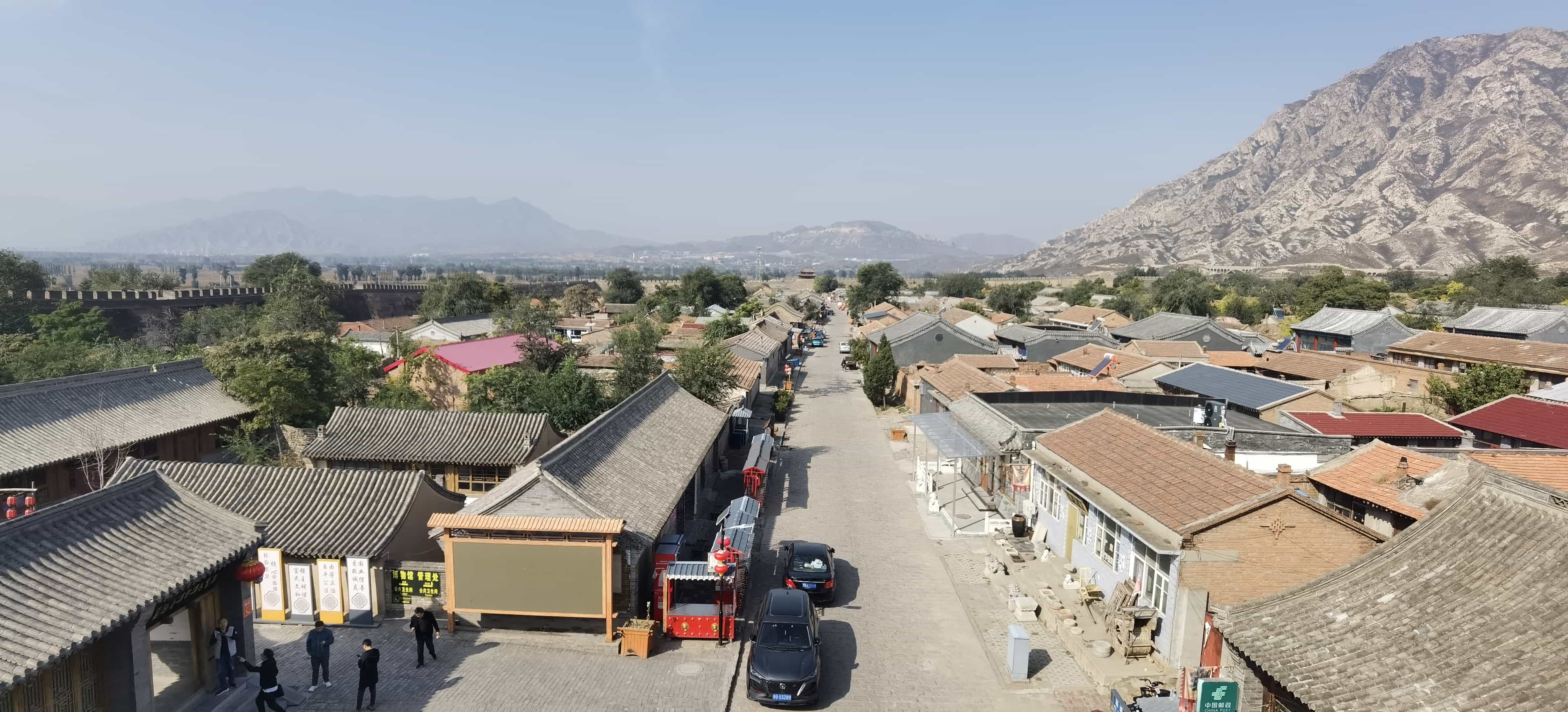
Jimingyi is a square-shaped ancient city, with each side measuring around 500 meters. The city wall is impressive, made of bricks and rammed earth, with a height of 12 meters. There are four corner towers distributed around the wall, and the east and west sides each have a city gate with a Yue tower on top. A straight and broad avenue runs from the east gate to the west gate. It is easy to imagine the magnificent scene of postmen holding torches and riding horses to deliver messages during the night.
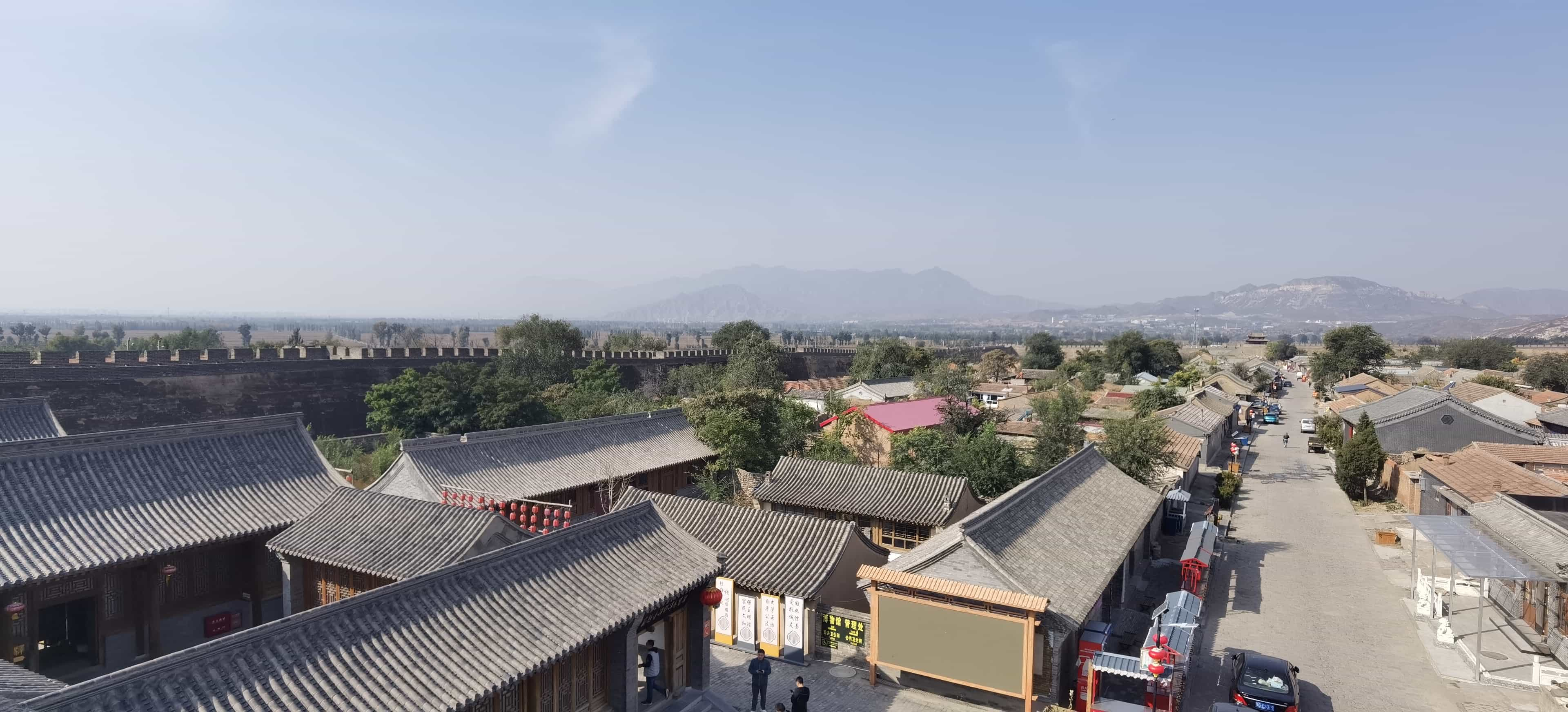
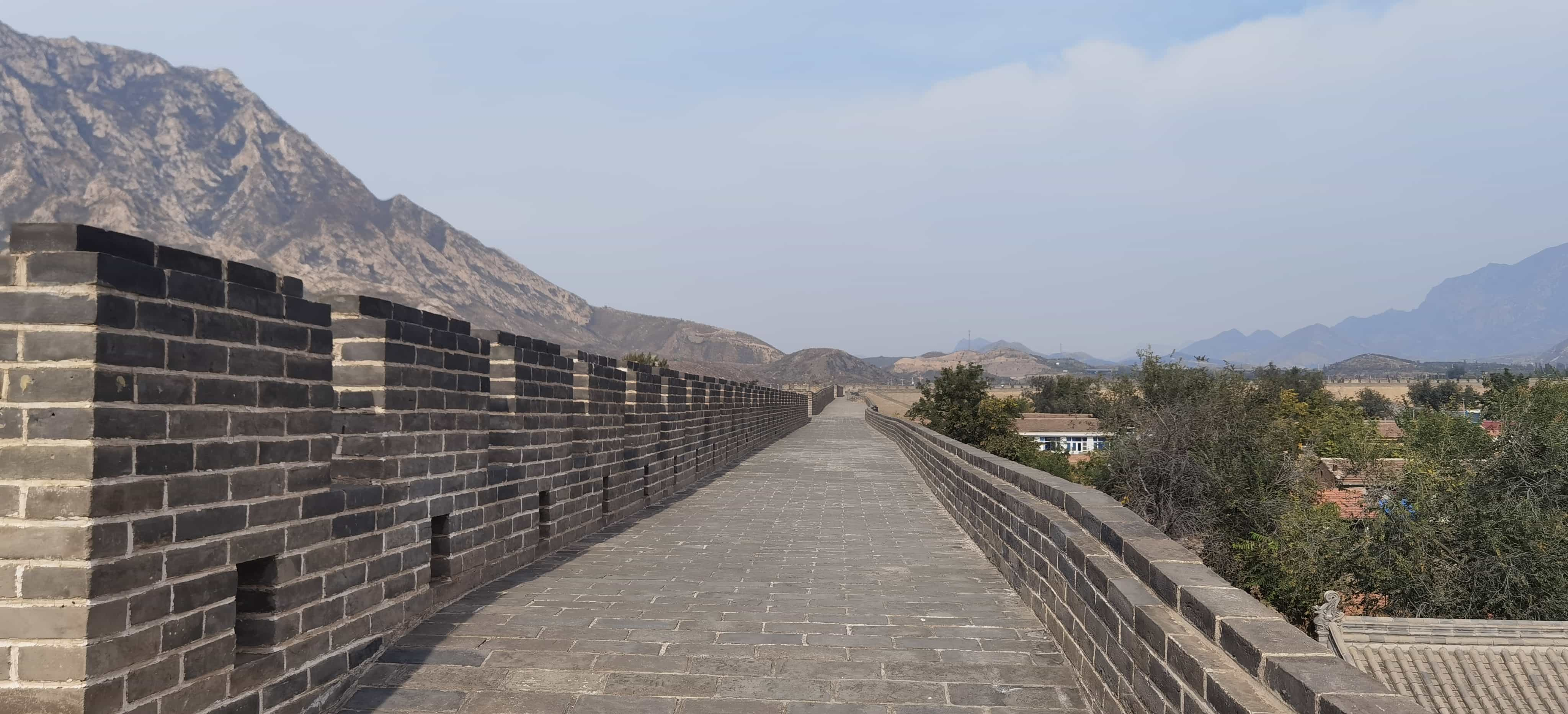
Within the ancient city, there is a network of crisscrossing streets and lanes. Although some of the buildings are in ruins, they are distributed in an orderly manner. Many ancient Ming and Qing Dynasty architecture can still be found within the city. Official residences, residential houses, businesses, military camps, and temples are still faintly visible. In addition to serving as a military and civilian post station, Jimingyi was also a gathering place for merchants. During its most prosperous times, there were dozens of businesses, oil shops, teahouses, carriage and horse shops, and pawnshops.
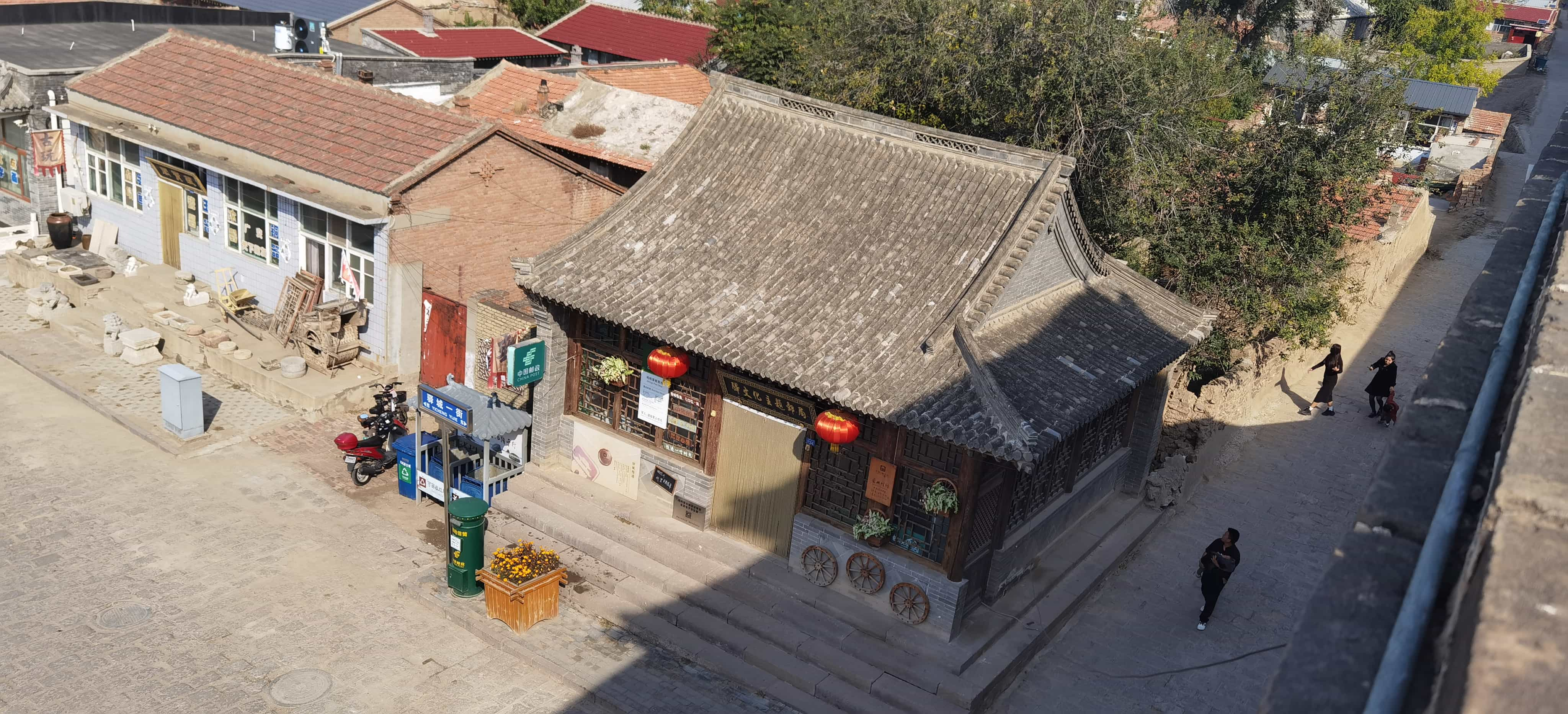
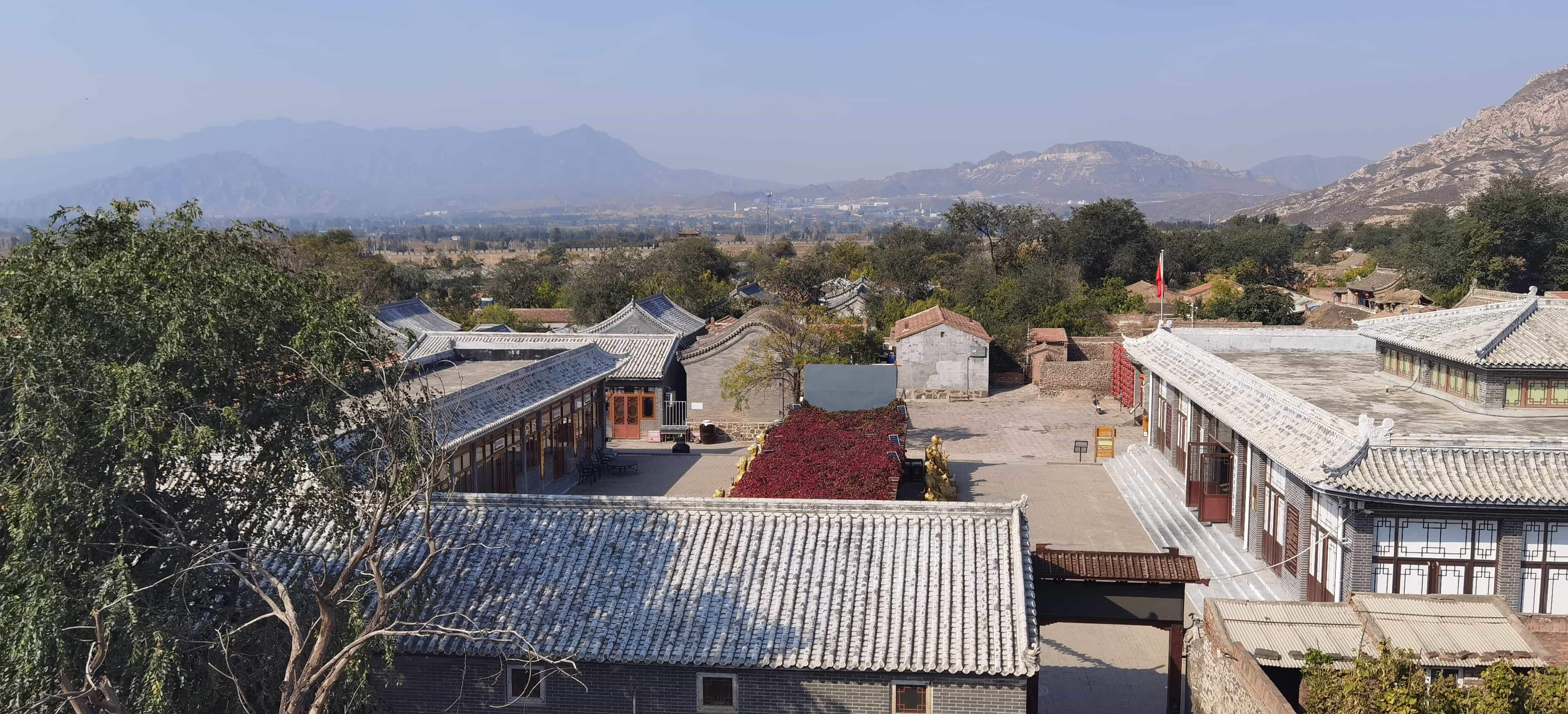
It was not until 1913 when the BeiyangGovernment announced the "elimination of post stations and establishmentof postal services" that Jimingyi completed its historical mission. Manyoriginal residents still reside within the city, and there has not beenextensive commercial development. Although it may appear dilapidated andchaotic compared to famous ancient towns, it retains a sense of naturalness andoriginality, with a strong sense of local life.
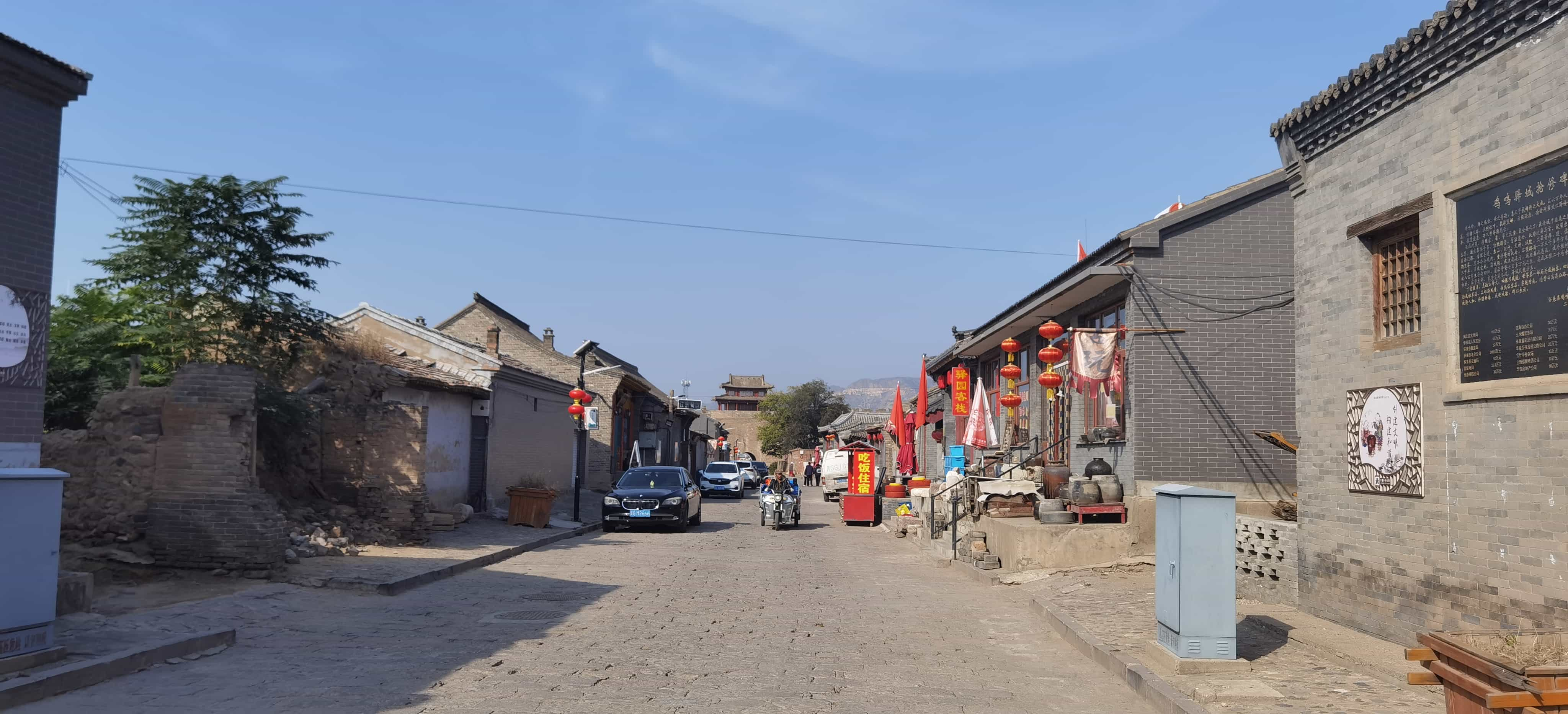
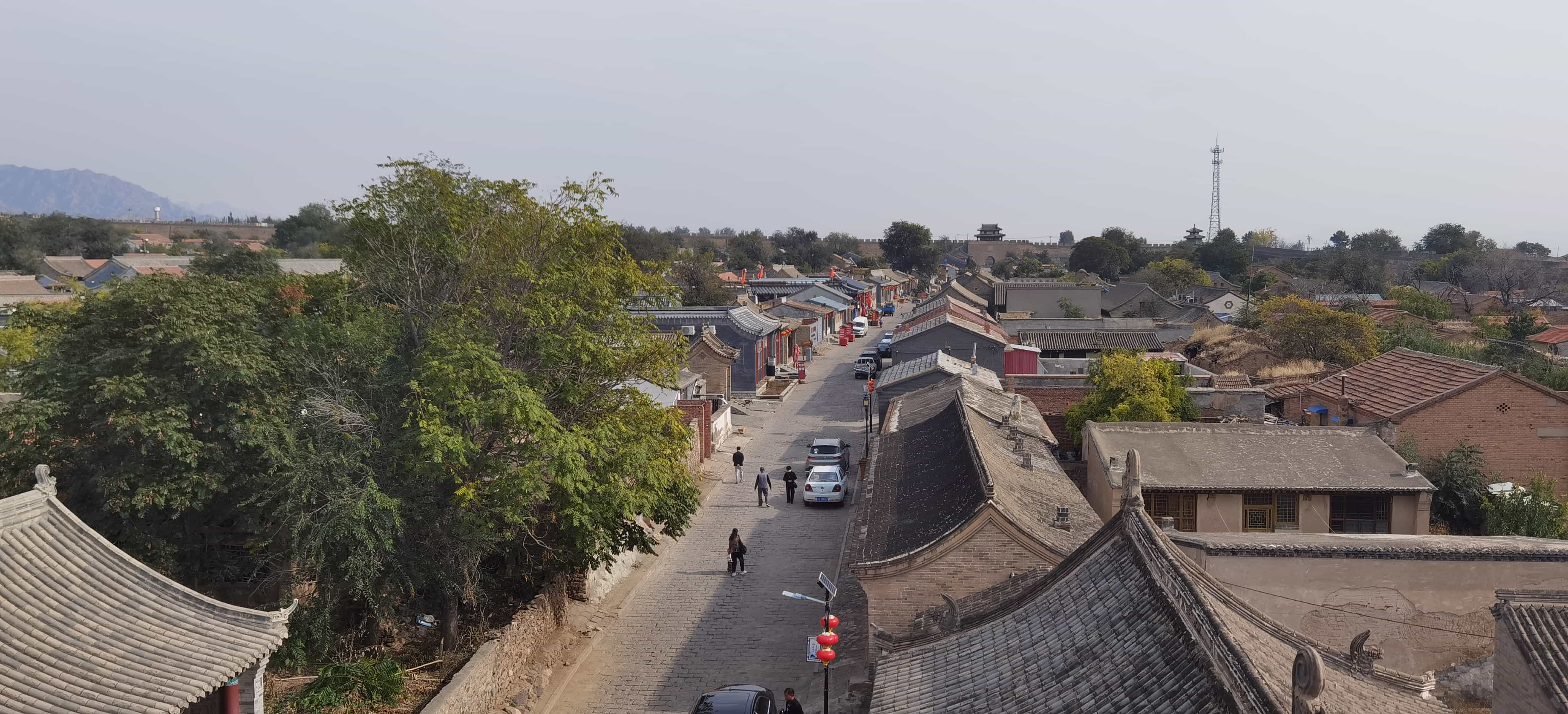
The Cixing Palace, also known as the He Family Courtyard, was the location of the most important administrative command post in the ancient post town. The courtyard consists of five sections and is one of the highest-standard courtyards in the entire ancient city. During the invasion of Beijing by the Eight-Nation Alliance, Empress Dowager Cixi and Emperor Guangxu stayed here briefly while hastily fleeing westward. The courtyard still retains its original appearance from that time.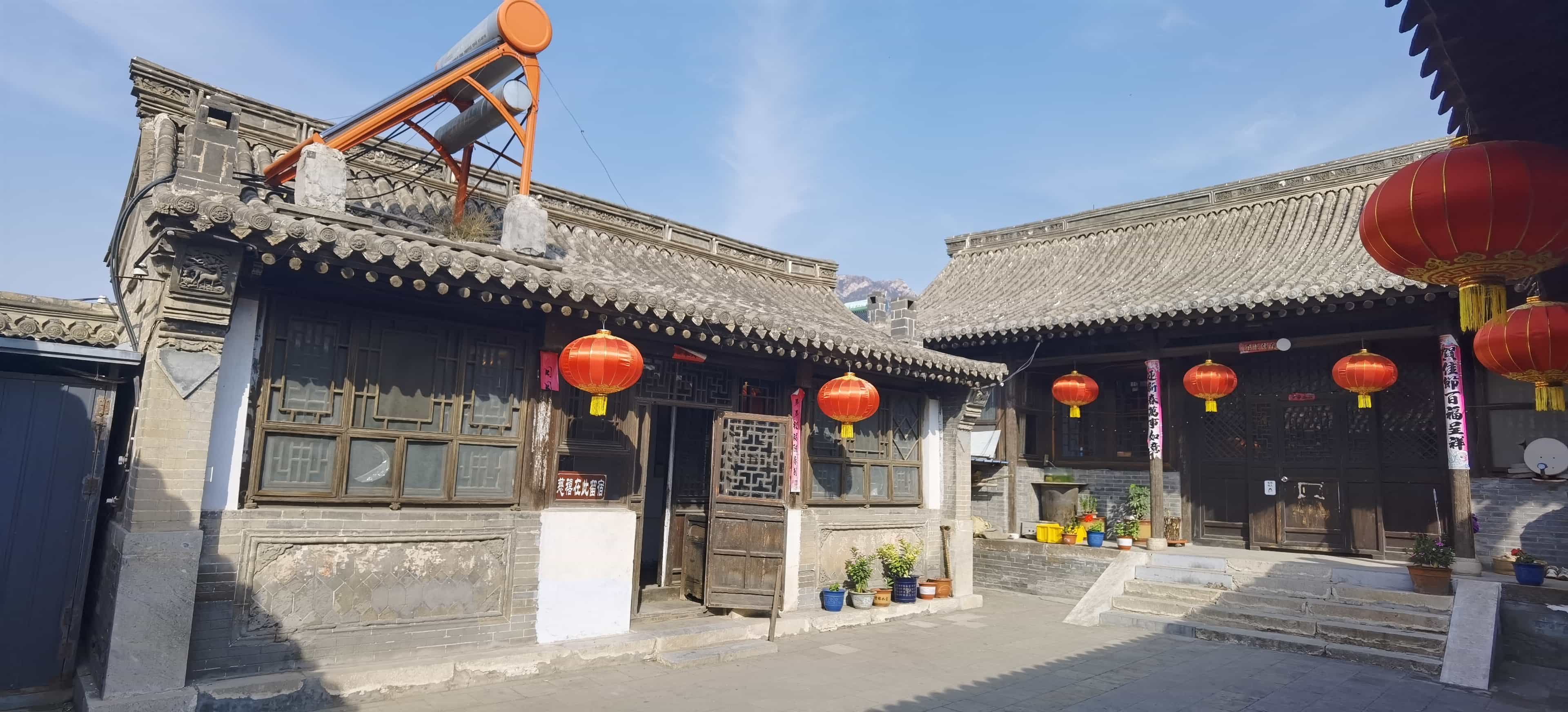
The The God of Wealth Temple and Wenchang Palace are also grand ancient buildings within the ancient city. The statues of Guan Gong and Wenchang Emperor are enshrined in each building, and visitors can enter to pay their respects.
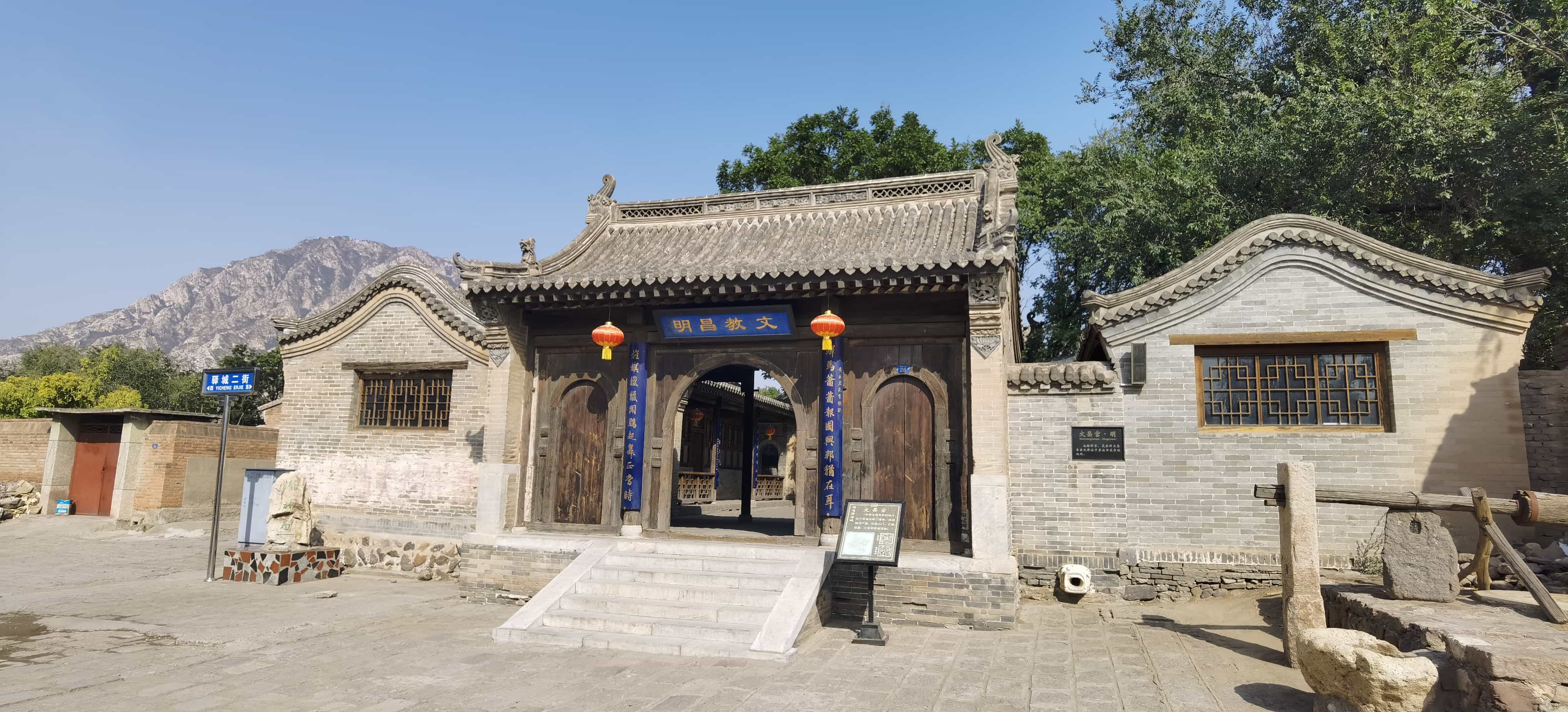

Jimingyi is currently the largest and mostwell-preserved ancient post town in terms of architectural scale in China. Thisunique relic of the post road has undergone significant changes throughouthistory and the remaining ancient post offices and administrative buildingshave become living fossils of our postal history.
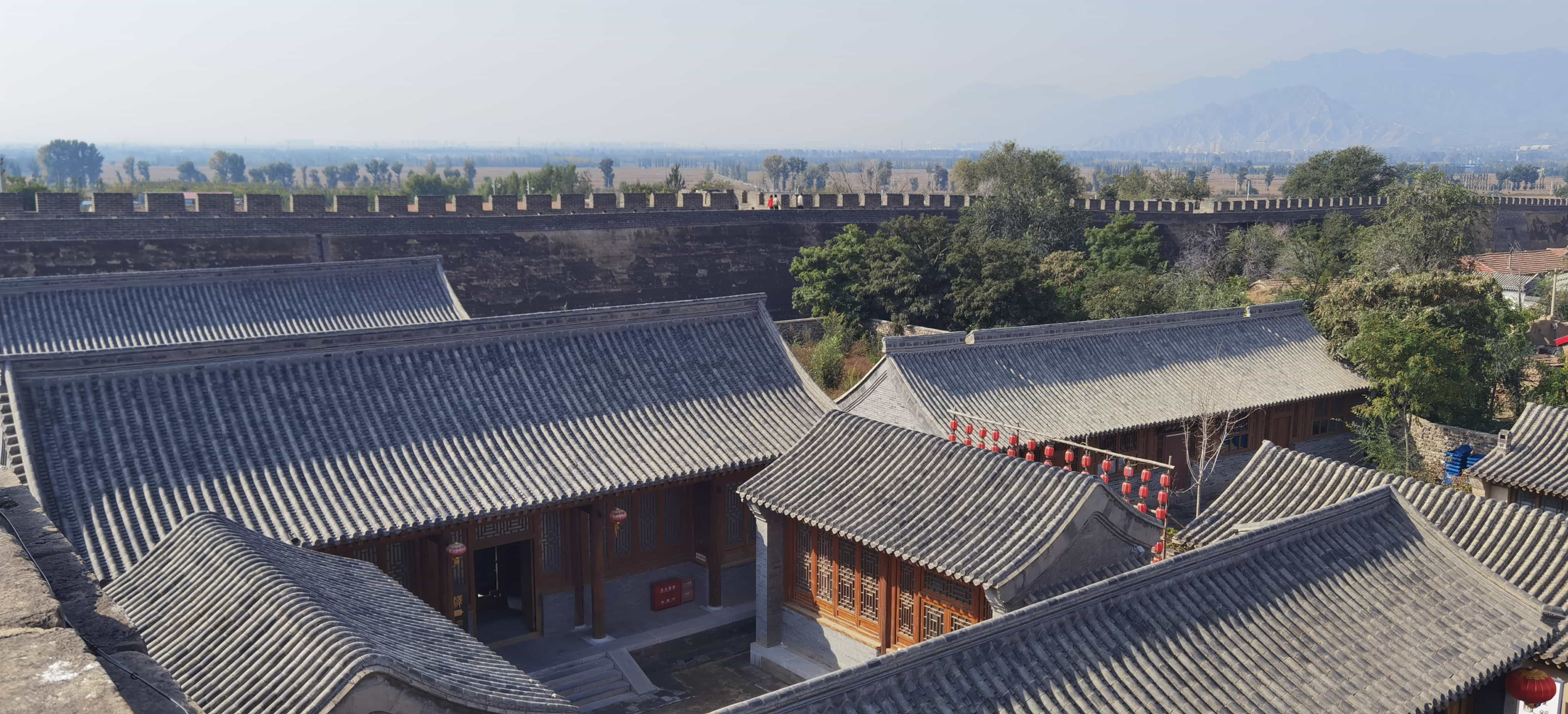

Nowadays, this ancient town, with itsisolated charm, has become a cultural landmark in Huailai. Many films and TVdramas have used it as a shooting location, including "Battle ofTaierzhuang" and "A Chinese Odyssey." In 2001, it was listed asa key national cultural heritage site and included in the World Heritage WatchList by the World Heritage Foundation as one of the 100 endangered heritagesites in the world.

The above introduction was translated fromthe Chinese article:鸡鸣驿,中国保存最完整的明朝驿站,最大的驿站,最小的城_腾讯新闻 (qq.com)
The pictures were taken by Angie Guo.
Yours Truly
Angie Guo - Charmission Travel
